15:10, 25/10/2025
On the Dong Van Karst Plateau, where the H’mong people account for nearly 80% of the population, the traditional craft of hemp weaving has endured among the rugged limestone mountains. Through generations, H’mong women’s hands have patiently spun fibers and woven fabrics on simple looms, creating colorful traditional garments that embody ethnic pride and open new directions for sustainable livelihoods.
Many cooperatives and groups of H’mong women have restored and innovated traditional handmade products, such as bags, scarves, and accessories, for the tourism industry, even reaching export markets, which has brought stable incomes to local people.
The technique of growing and weaving hemp fabric of the H’mong people has been recognized as a National Intangible Cultural Heritage.
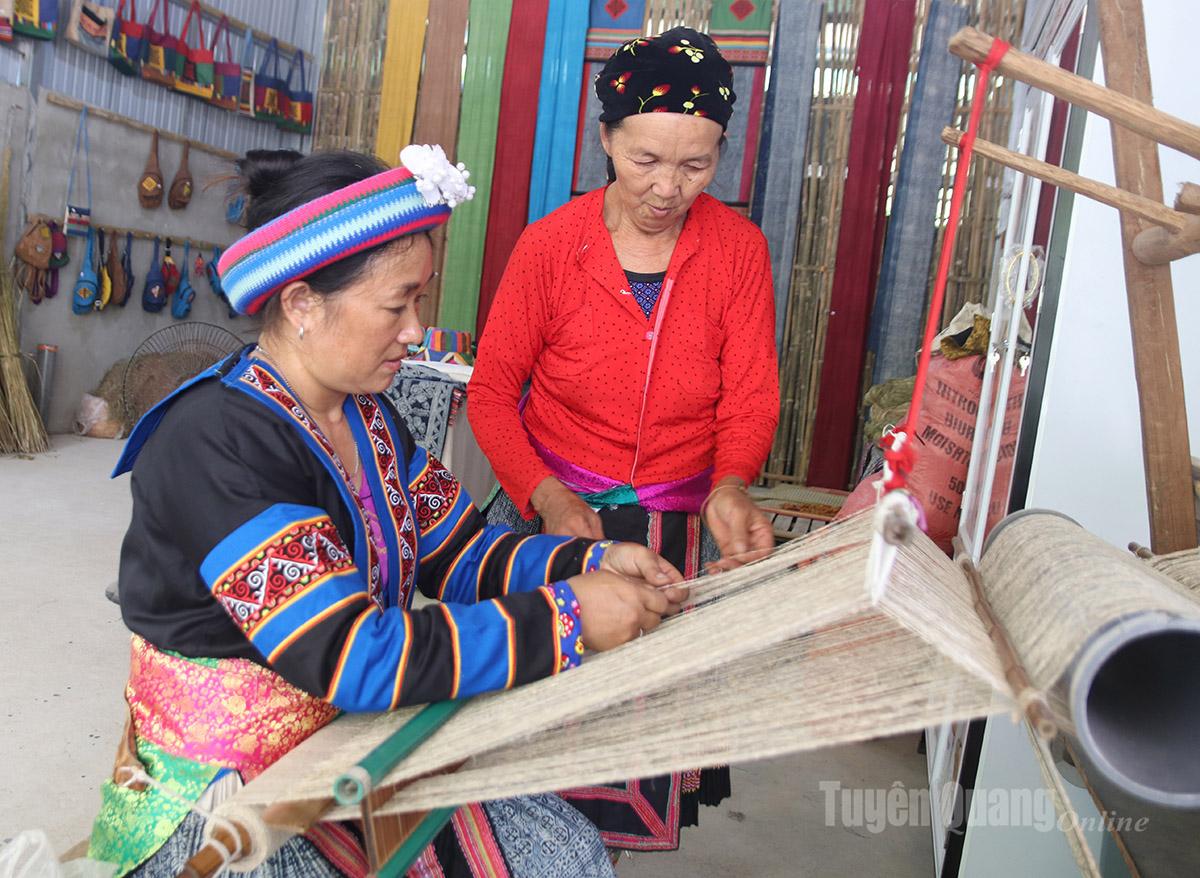 |
| From hemp fabric, the H’mong people create many unique handicraft products serving tourism. |
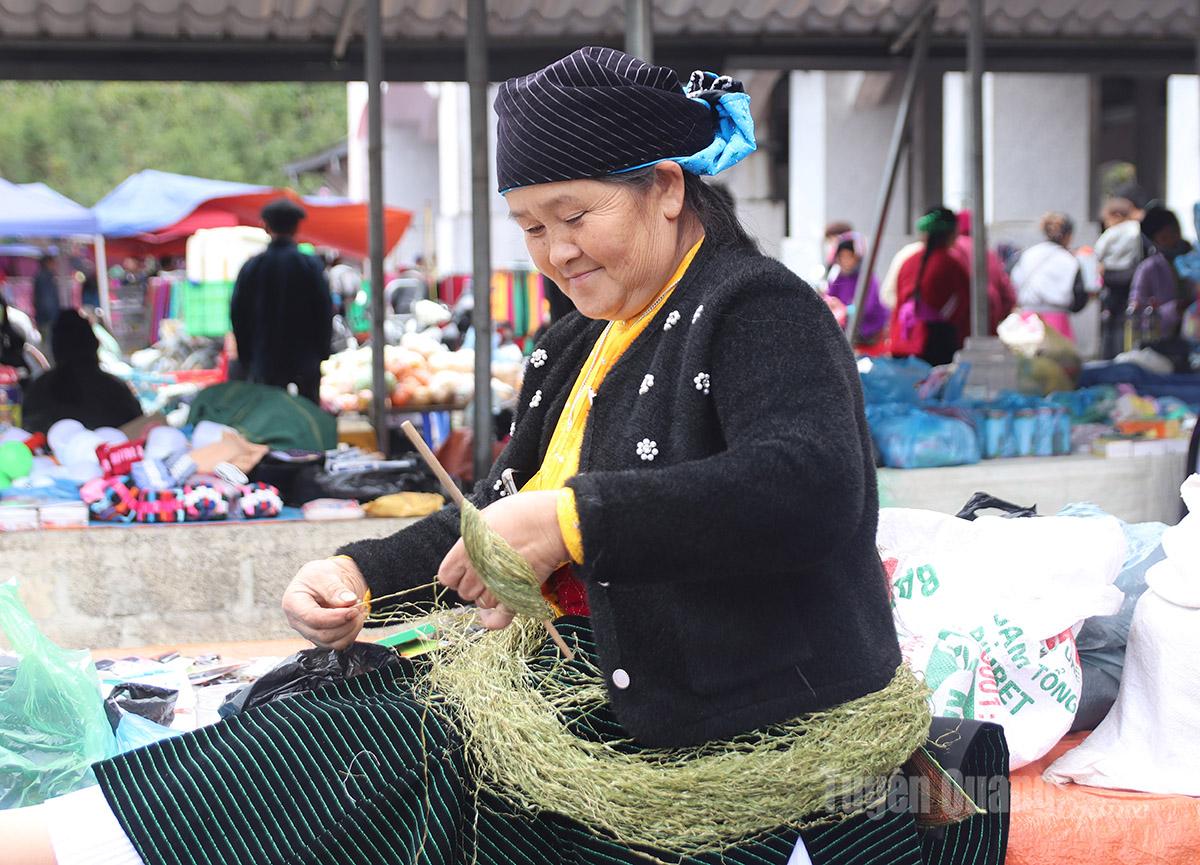 |
| H’mong women always carry hemp bundles with them to continue spinning the fibers wherever they go. |
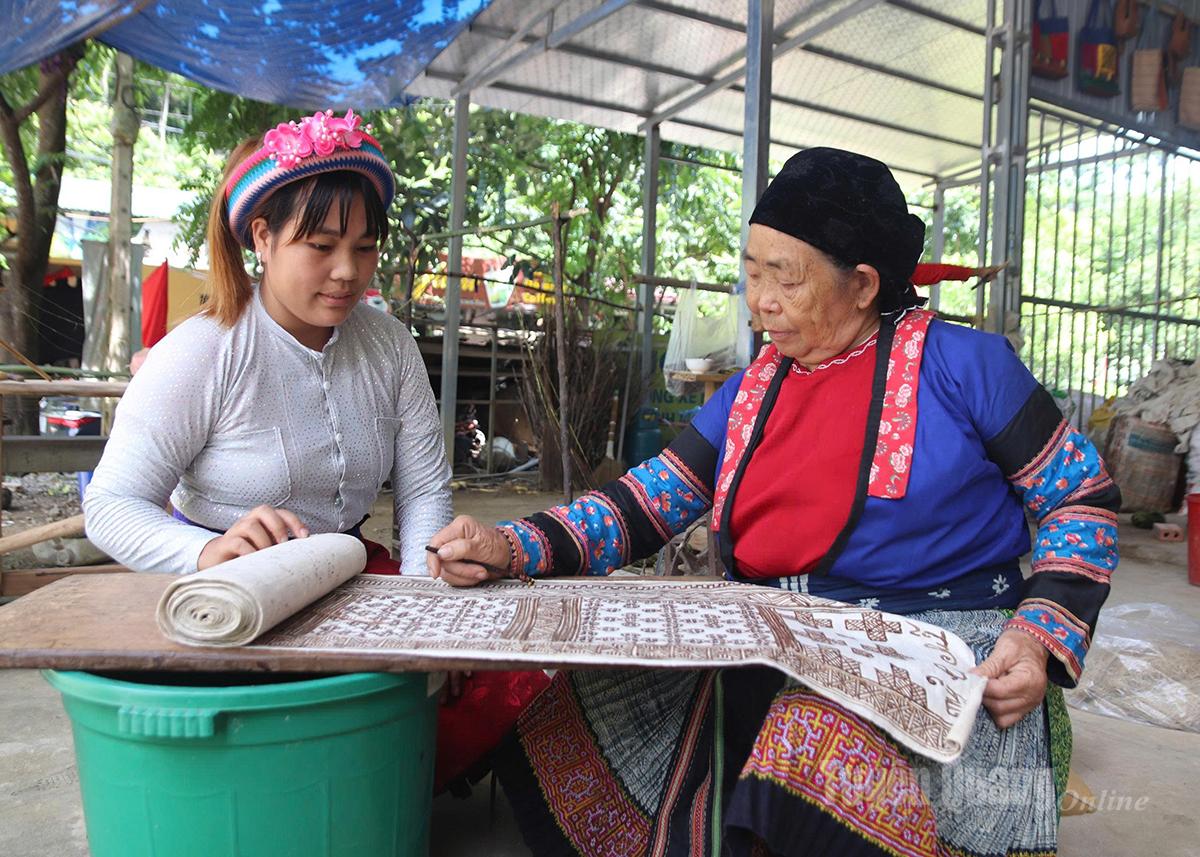 |
| H’mong women carefully draw beeswax patterns on hemp fabric to create traditional motifs before dyeing it with indigo. |
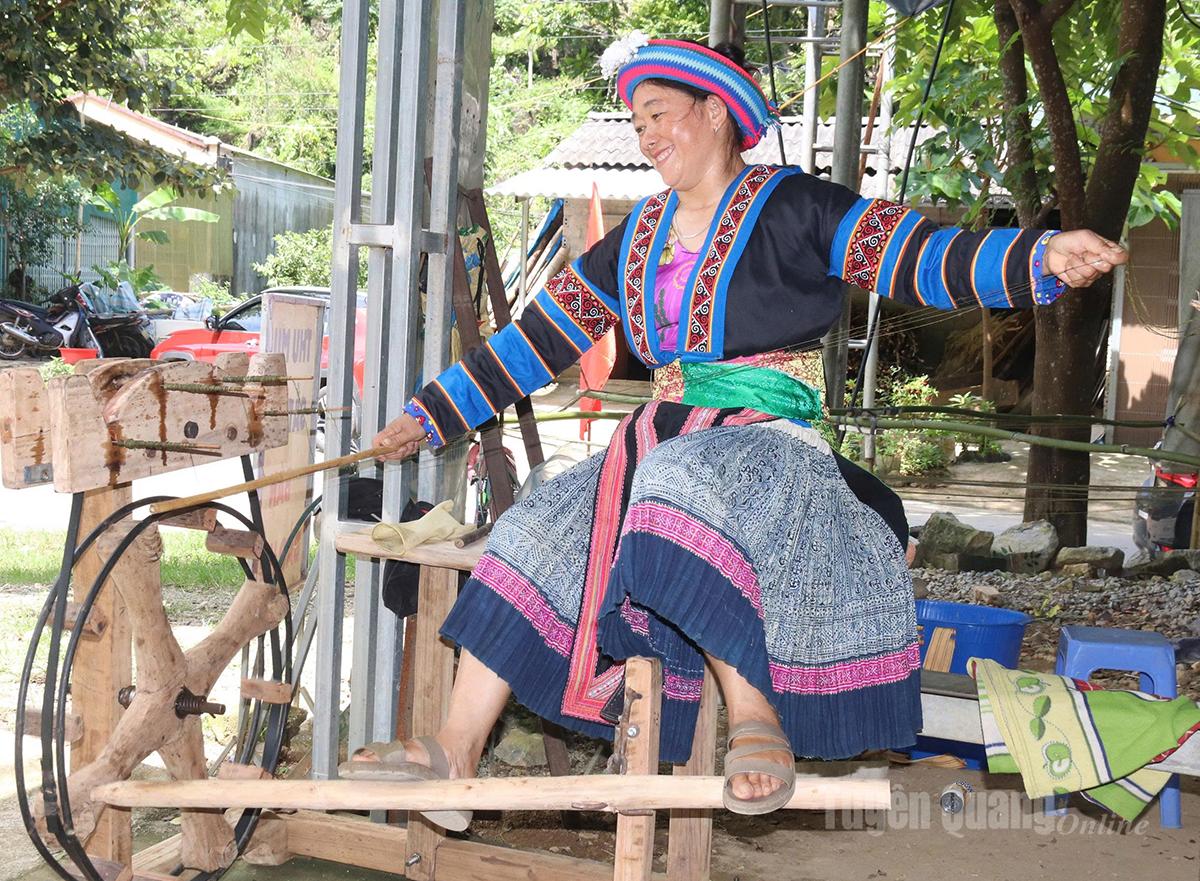 |
| The skillful hands of H’mong women spin each hemp thread, beginning the journey to create the traditional fabric. |
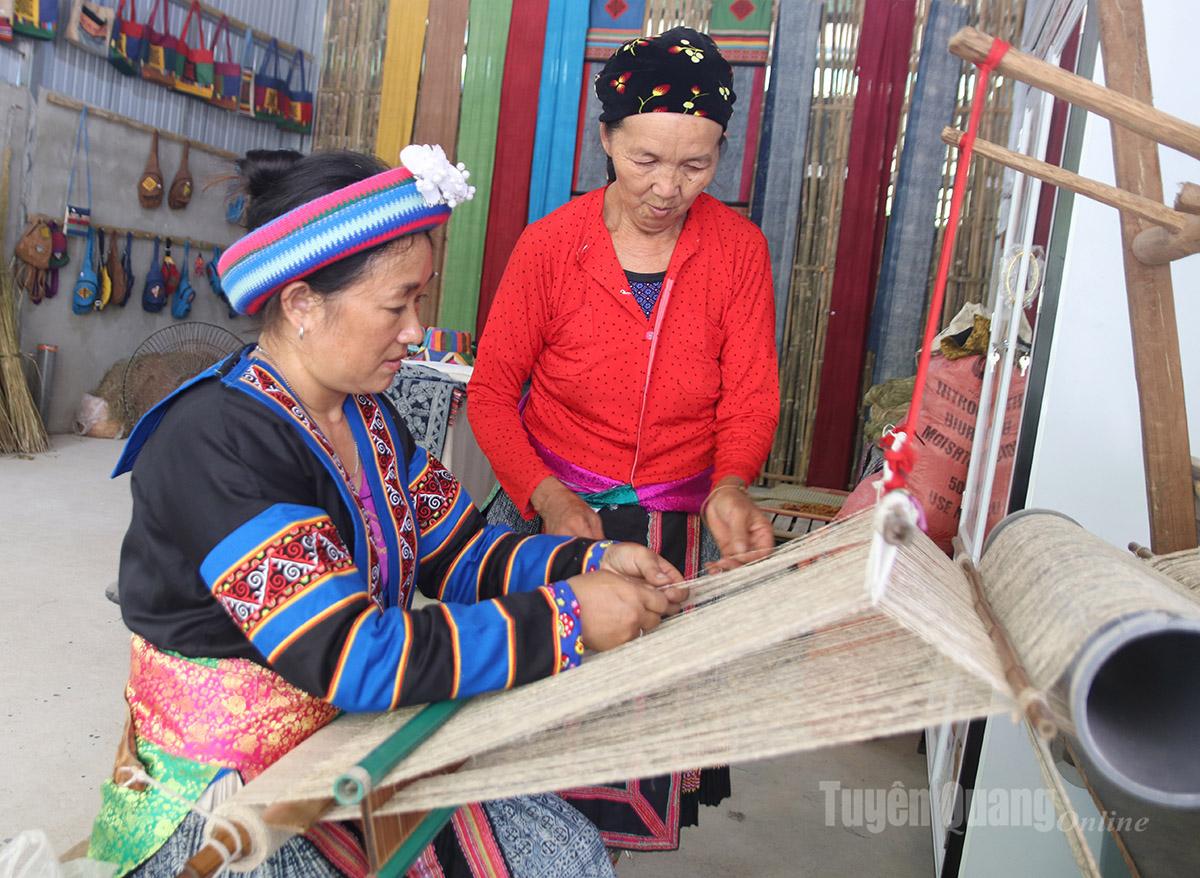 |
| To complete a hemp cloth, the H’mong people must meticulously go through 41 stages, from sowing seeds, harvesting, peeling, pounding, spinning, and boiling fibers to setting up the weaving loom. |
Thu Phuong










READER COMMENTS